Last updated on October 23rd, 2023 at 08:45 pm
To make ideal use of the vegetable patch and achieve the best possible crop yields, crop rotation is important. With potatoes (Solanum tuberosum) in particular, there are a number of things to consider and the right plants to plant.
- Potatoes fall under heavy growers
- Differences between early and late potatoes
- never plant potatoes again in the same or the following year
Contents
- 1 Potatoes unsuitable
- 2 Crop rotation after early potatoes
- 3 Crop rotation in the following year
- 4 Crop rotation in the following year
- 5 Frequently asked questions
- 6 Is corn suitable as a crop rotation of potatoes?
- 7 Can vigorous crops be planted after potatoes?
- 8 When can other nightshade crops be planted following potatoes?
- 9 Author
Potatoes unsuitable
Because potatoes are highly nutritious, they can deplete the soil, so they should not be sown again after the harvest. Due to the high nutrient requirement, the soil structure also decreases during the initial sowing, so that a second sowing promises little chance of vigorous growth. In addition, pests and/or pathogens may have remained in the soil from the potato as the previous crop, which can destroy the following potato crop.
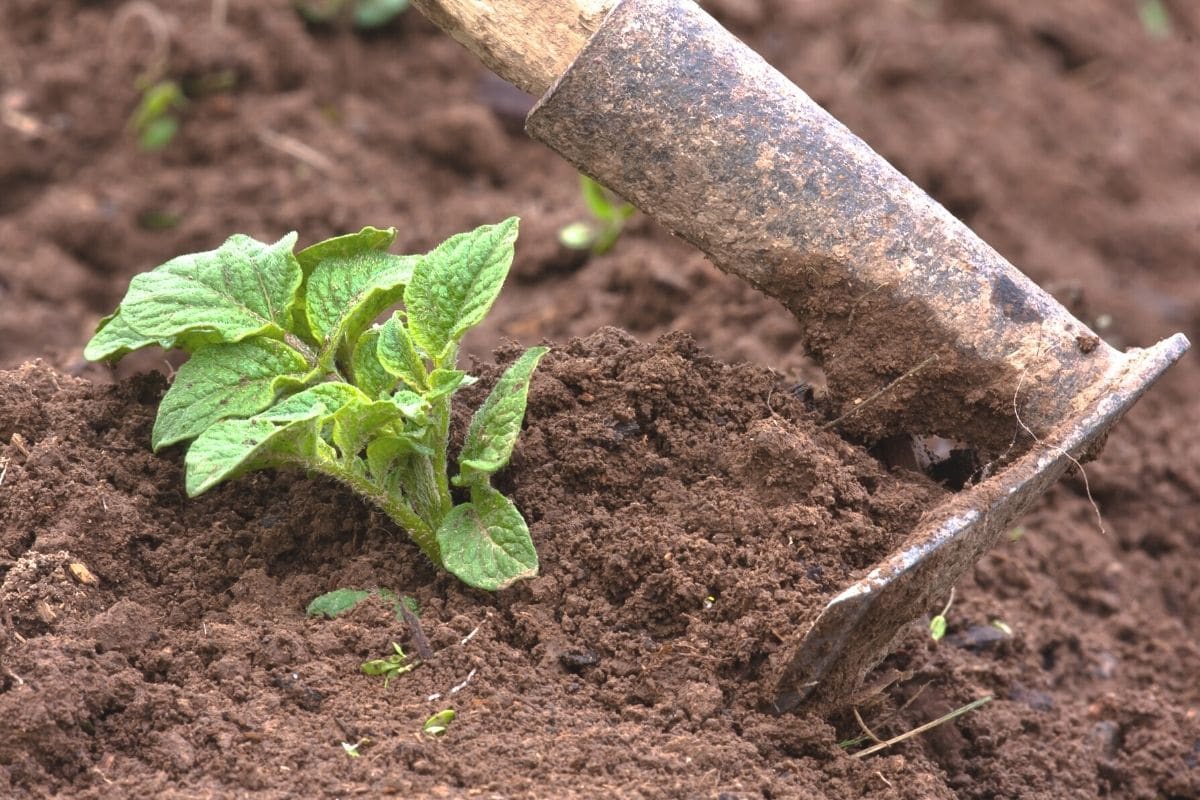
Crop rotation after early potatoes
Early potatoes are sown in advance in March or directly in the vegetable bed in April at appropriate outdoor temperatures. June/July is usually harvest time. This creates space in the bed again, which is still usable for the remaining growing season. Plant only mid-season crops at this time. Since the growing year is already well advanced, pre-sprouting is recommended for those plants that can still be harvested in late summer or early fall. However, fall and winter vegetables are also ideal fruit followers.
Suitable plants for following crops in the same year and with a late harvest date are, for example:
- Chinese cabbage
- Fennel
- Kohlrabi
- Swiss chard
- Carrots
- Radish
- Lettuces, such as endive and iceberg lettuce
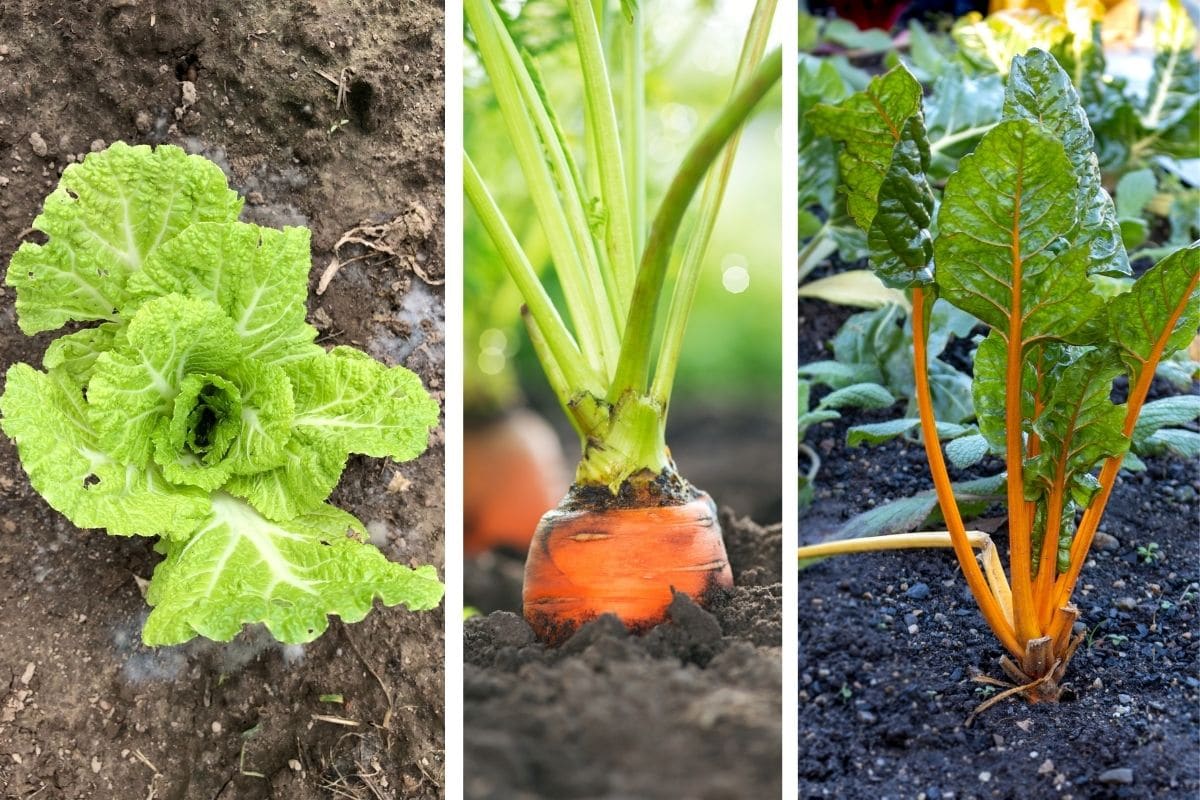
Tip: Do not plant other fruit plants from the nightshade family after potatoes, such as tomatoes, eggplants and peppers. They are also heavy eaters and may be attacked by possible potato pests or residual pathogens.
Crop rotation in the following year
When the new gardening and growing season begins, the soil in the bed should already have been well fertilized. Optimally, this should be done with green manure after the last harvest of the bed in the previous year. After the early potato planting, only weak growers should be planted in the following years until, ideally, potatoes and other strong growers can be planted in the bed again in the fourth year. For example, these plants can be planted as weak growers to follow up a “potato year”:
- Beans
- Peas
- Lamb’s lettuce
- Cress
- Radish
- Arugula
- Spinach
- Onions
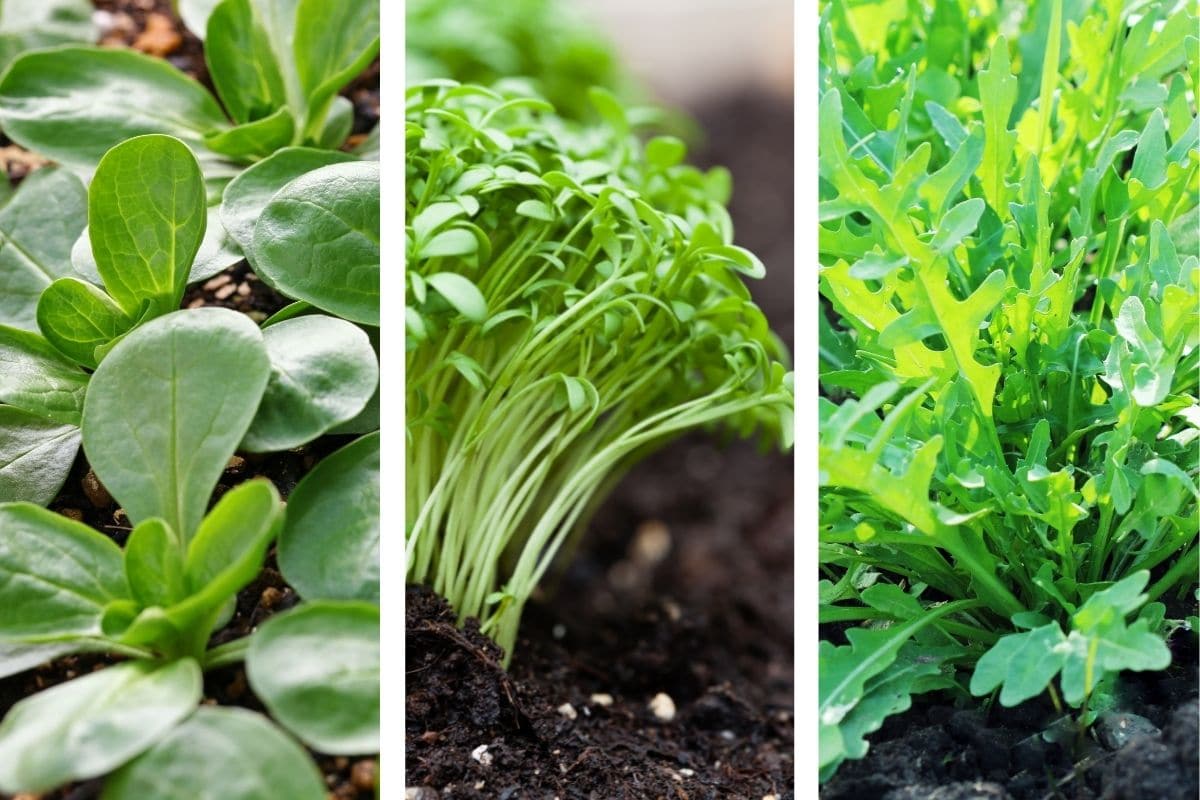
Crop rotation by late potatoes
Late potatoes are usually harvested in September or October. This does not leave many opportunities for seeding with medium or low-yielding crops in the same year. Some examples are:
- Fall spinach
- Winter purslane/winter postelein
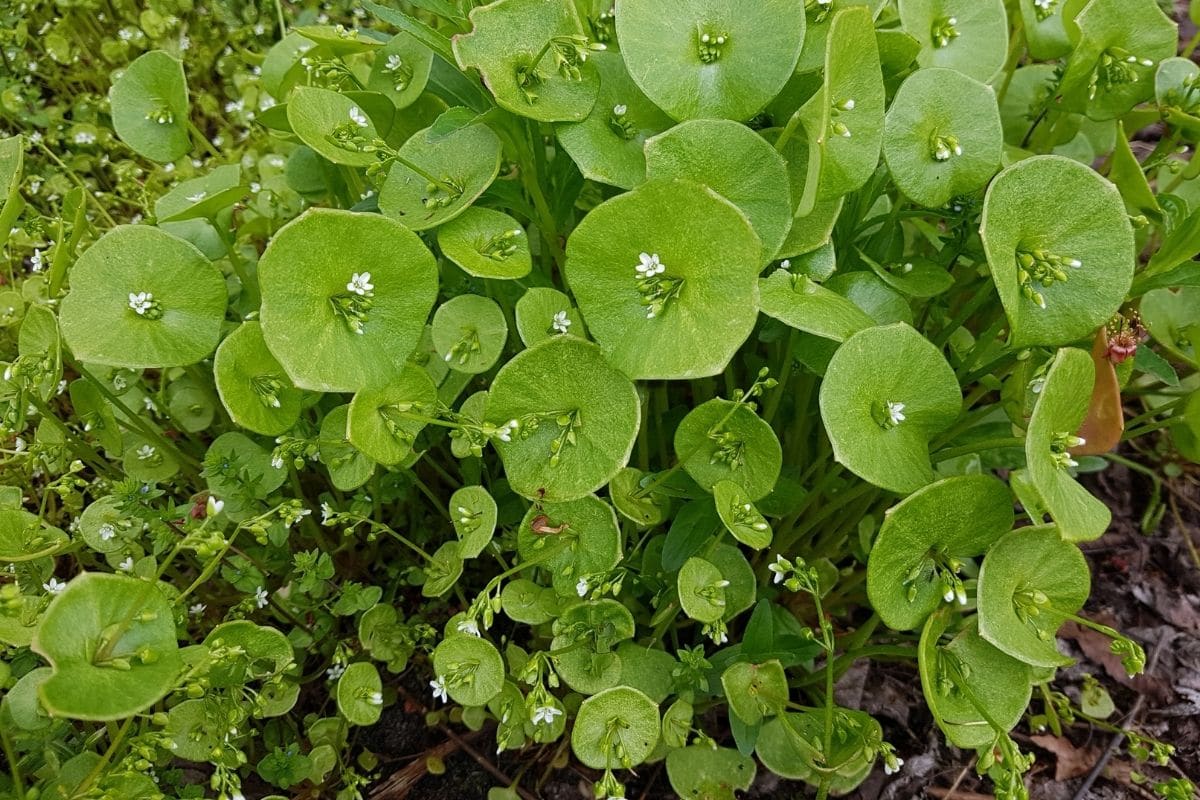
Crop rotation in the following year
In principle, after the cultivation of high-yielding autumn potatoes, the classic annual plan applies.
In the second year after potato cultivation, plant only medium eaters. In addition to the already mentioned above medium eaters, you can also choose these:
- Blood sorrel
- Chicory
- Strawberries
- Garlic
- Bulbous celery
- Leek
- Lovage
- Parsley
- Beet
- Runner beans
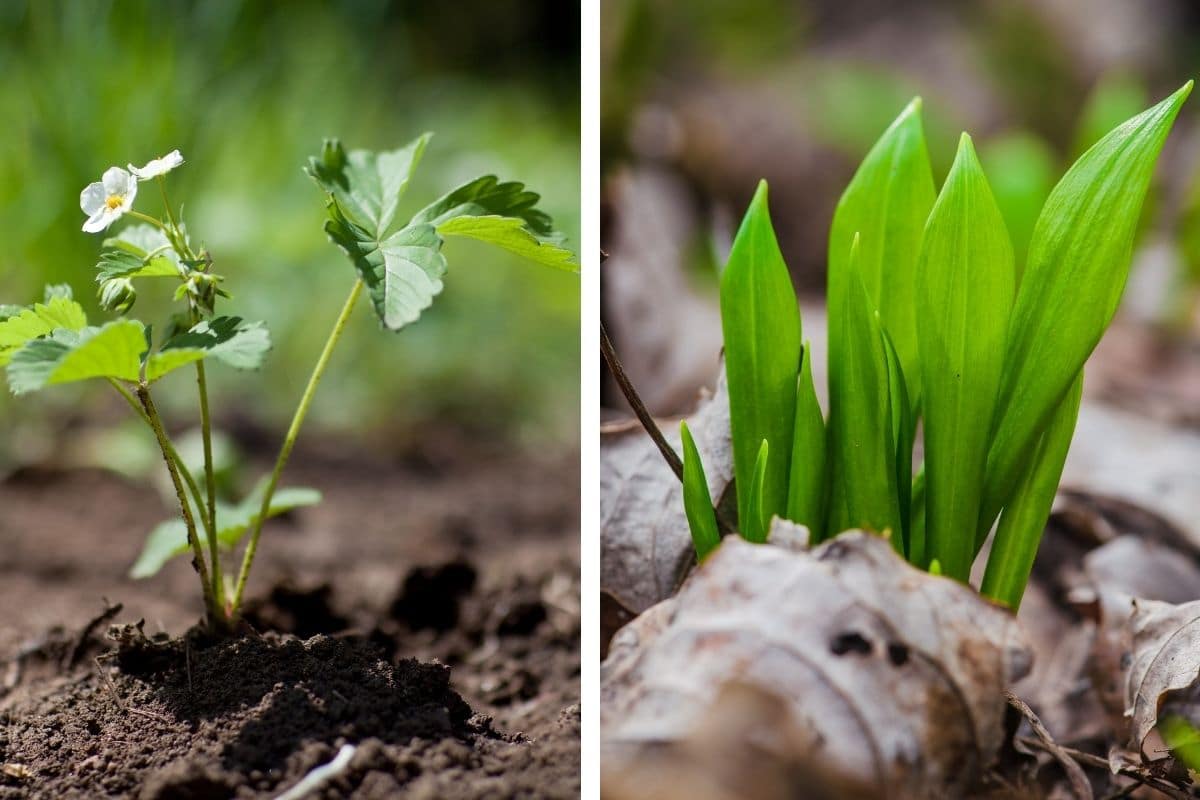
Then, in the third year after potato planting, put only weak growers. In addition, the following examples are optimal for crop rotation:
Barbara weed
Chestnut
Garden orchard
Oat root
Herbs, such as thyme, curry herb and sage
Jerusalem artichoke
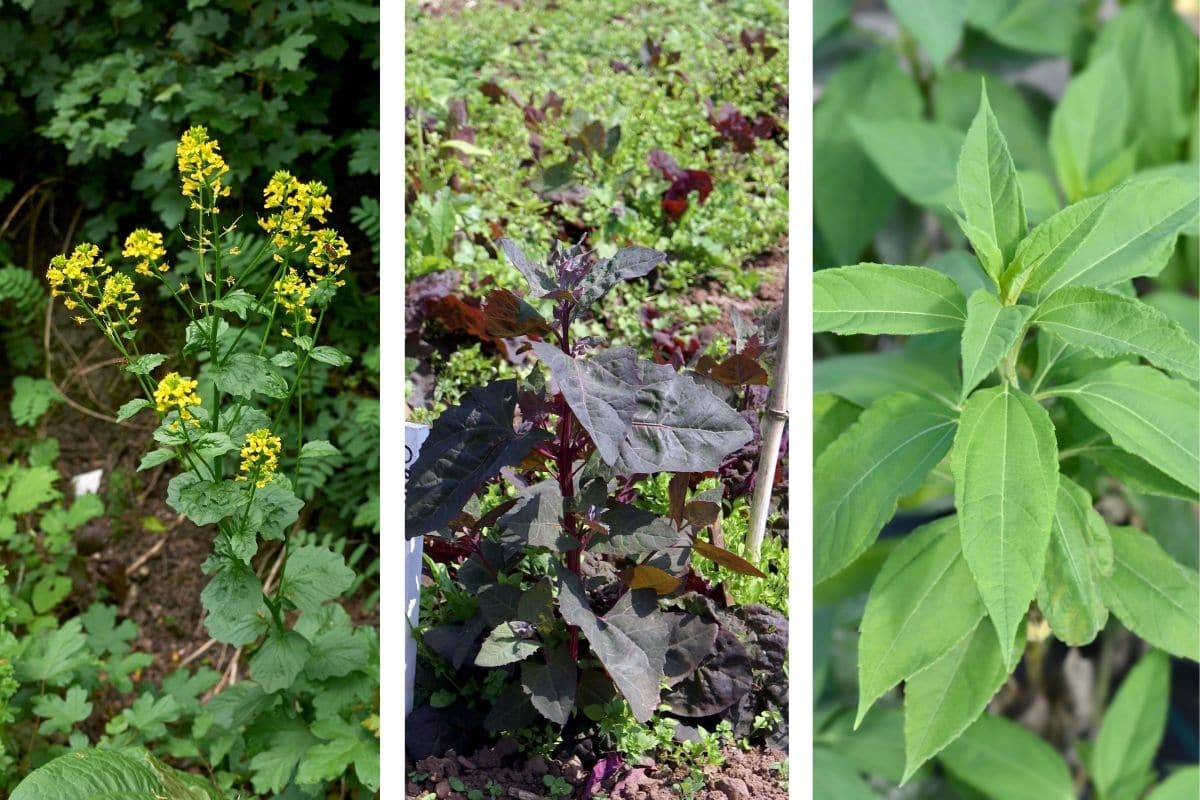
Note: The first year is always the time of the first sowing/planting. This automatically makes the following year the “second year of cultivation”.
Frequently asked questions
Is corn suitable as a crop rotation of potatoes?
Yes, but not in the same year. Even when early potatoes are planted, there is too little time left for the corn to mature sufficiently well in the current year. Therefore, corn should always be planted or sown the following year after potatoes.
Can vigorous crops be planted after potatoes?
Can yes, but you should not do it. Heavy-growing potatoes not only extract an enormous amount of nutrients from the soil, but also “fatigue” the soil. Exhausted, it is then unable to absorb nutrients from fertilizers at all in sufficient quantities and deliver them to the roots. Fertilizing is always good after the cultivation of strong eaters, but this is only helpful for subsequent medium or weak eaters. Only when the soil has fully recovered after about four years, it can also fully store fertilizer.
When can other nightshade crops be planted following potatoes?
With all nightshade plants, it is kept as with the potatoes: Keep a waiting period of three, better four years after the potato harvest, before you subsequently plant any nightshade plant in this place in the bed.


